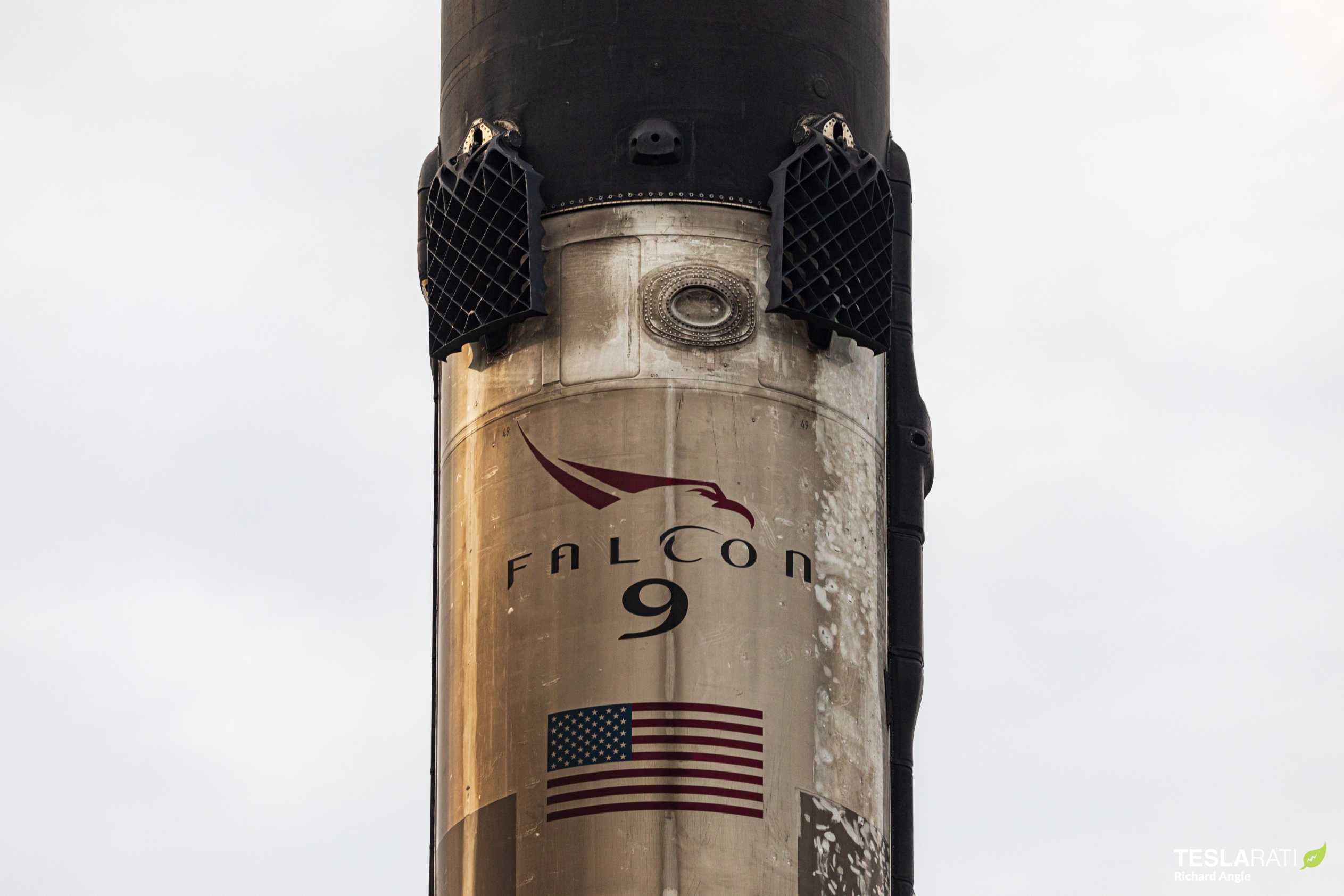
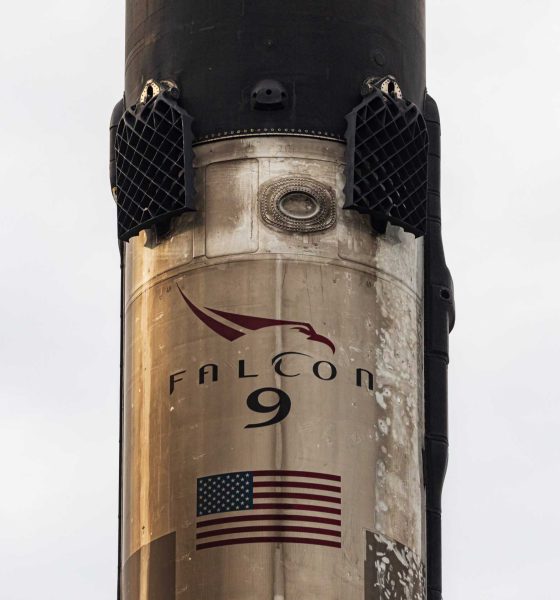
News
SpaceX’s reusable Falcon rockets have Europe thinking two steps ahead
In a rare instance of some connection to reality, a European Union commissioner overseeing the space industry has acknowledged the elephant in the room, admitting that SpaceX has changed the game for commercial rockets and that the upcoming Ariane 6 rocket may already be outdated.
While slight, European Commissioner Thierry Breton expressed some level of urgency, stating that “SpaceX has redefined the standards for launchers.” “Ariane 6 is a necessary step, but not the ultimate aim: we must start thinking now about Ariane 7.” Ariane 6 is a new European Space Agency (ESA) rocket designed to replace the existing Ariane 5 workhorse and do some while cutting costs. However, the vehicle’s design and the strategy behind it were fixed in place before SpaceX began to routinely demonstrate Falcon 9 reusability, effectively creating a rocket optimized for a market that ceased to exist soon after.
Based on the economically infeasible design decision to build a hybrid first stage with a liquid core and add-on solid rocket boosters (SRBs), as well as the structurally inefficient use of hydrogen and liquid oxygen propellant for the booster, Ariane 6 is designed to compete with the likes of the United Launch Alliance’s (ULA) Delta IV, Atlas V, and upcoming Vulcan rockets. Despite several years of halfhearted, half-baked attempts to even consider making parts of Ariane 6 reusable, the rocket will be 100% expendable come its first (and likely last) launches.
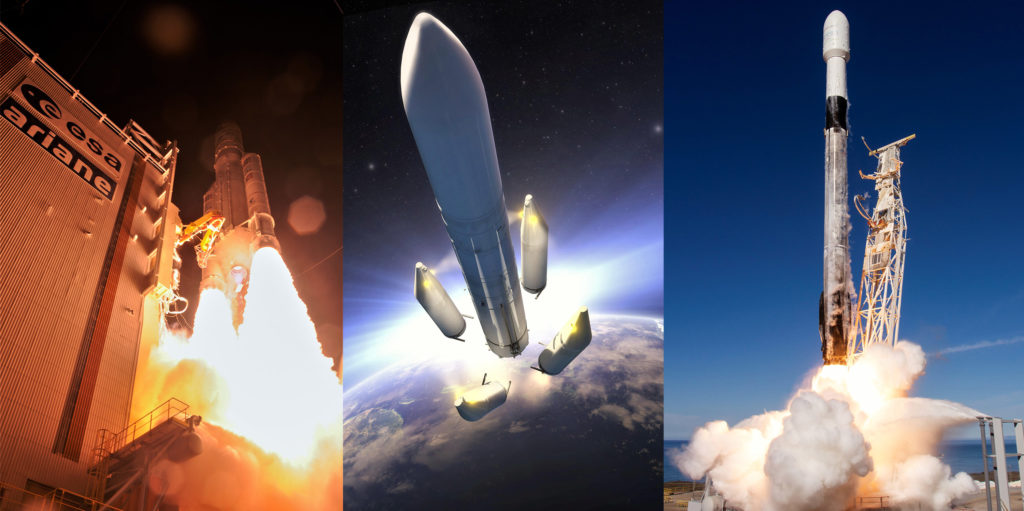
While effectively dead on arrival from a commercially competitive perspective, Ariane 6 is still an impressive rocket. Featuring two variants, the only major difference is the inclusion of either two or four SRBs. A62 is expected to cost roughly $82 million and will be able to launch up to 5000 kg (~11,000 lb) to the geostationary transfer orbit (GTO) commonly used by the communications satellites that are Ariane 5’s bread and butter. Doubling down on solid rocket boosters, A64 will cost at least $135 million apiece and can launch up to 11.5 metric tons (~25,400 lb) to GTO and 5 metric tons to a circular geostationary orbit (GEO).
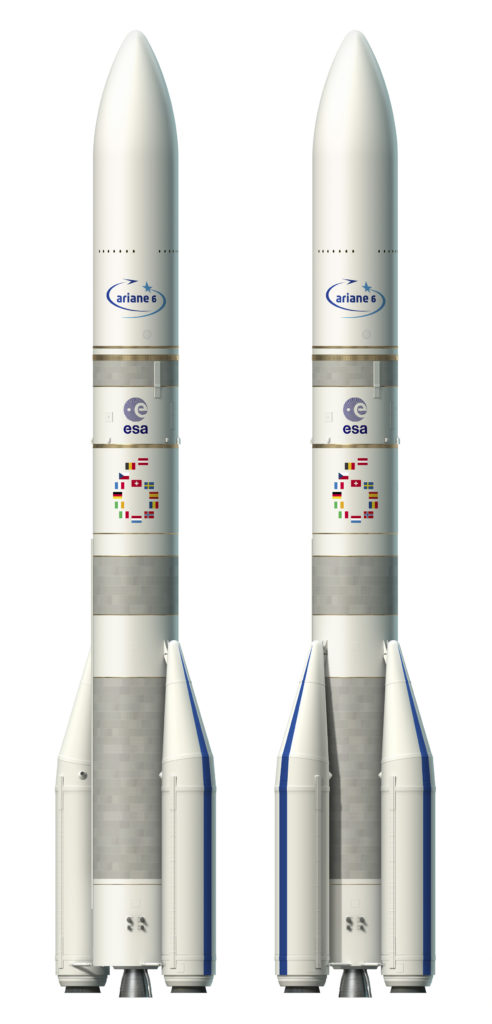
Compared to SpaceX’s reusable Falcon 9 and Falcon Heavy offerings, Ariane 6 is thus put in a bit of a nightmarish situation. According to the most up-to-date information available, the base price for a commercial orbital launch on a flight-proven Falcon 9 booster may already be as low as $50 million. Even in a recoverable configuration, Falcon 9 easily trounces Ariane 62’s performance and is able to launch more than 16 metric tons to low Earth orbit (A62: 10.3 t) and 5.5 tons (A62: 5 t) to geostationary transfer orbit (GTO), all while costing almost 40% less.
Technically, Ariane 64 is a bit more viable from a performance perspective, but Falcon Heavy can offer almost identical performance to higher orbits and vastly superior performance to lower orbits while still permitting recovery of all three boosters. Cost-wise, Falcon Heavy either meets or beats A64, with existing contracts ranging from $115 to $130 million for extraordinarily high-value NASA and US military payloads. According to SpaceX, the rocket’s base price could be as low as $90 million. Once SpaceX has three operational drone ships on the East Coast, Falcon Heavy can send up to 10 metric tons to GTO while still allowing all three boosters to land at sea. If one of those three boosters is expended, that performance leaps to 16 tons, 40% more than A64.
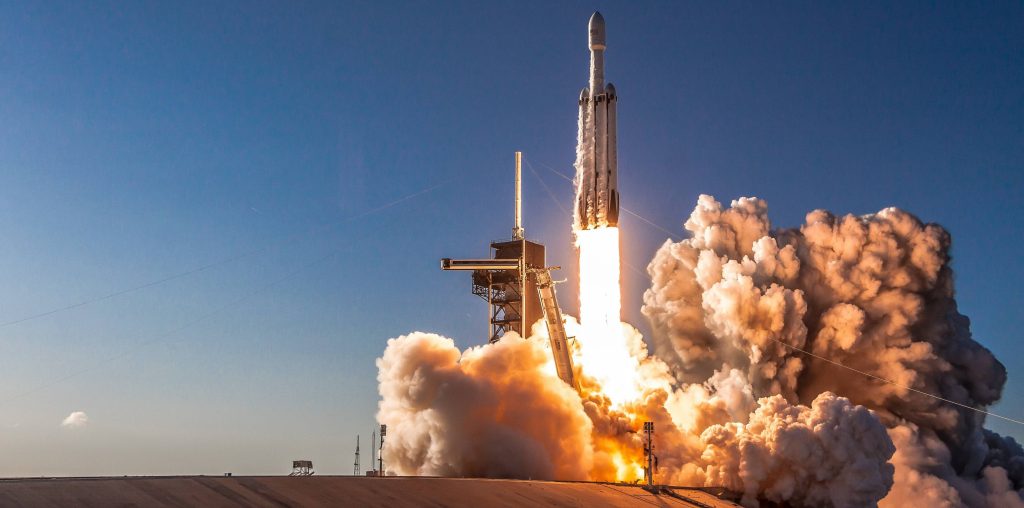
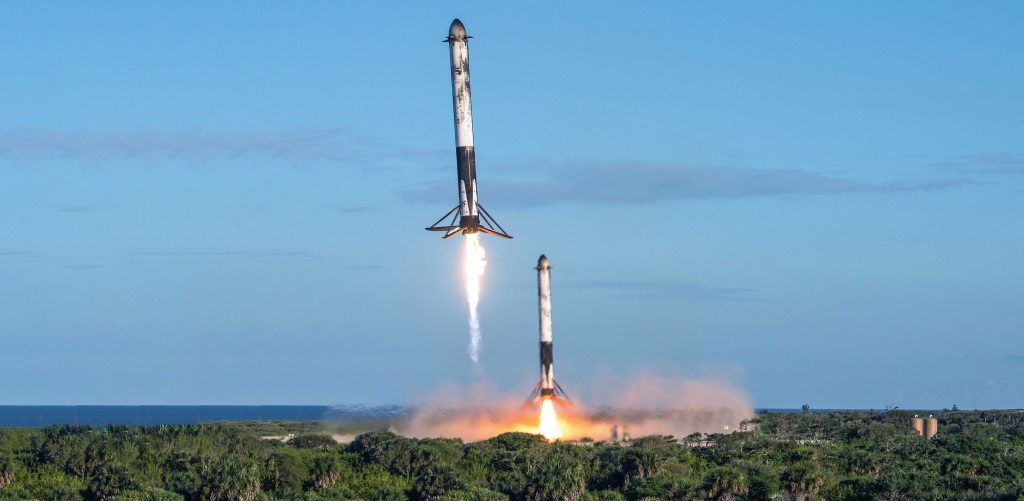
In short, even assuming no improvements between now and Ariane 6’s first several launches in 2021 and 2022, SpaceX’s existing Falcon 9 and Heavy rockets beat Europe’s newest entrant at almost every turn. It should be no surprise, then, that a senior ESA commissioner is already publicly implying that Ariane 6 is outdated before its first launch. As far as “Ariane 7” goes, no official plans exist, although ESA, French space agency (CNES), and Arianespace have tenuous concepts in work that point towards a fully liquid methane-oxygen rocket with a reusable booster.
In theory, a rocket like Themis could launch Europe back into the competitive global launch industry, but ESA’s history of launch vehicle development suggests that such a radical departure from Ariane 5 and Ariane 6 (>$4 billion on its own) would require a huge uptick in funding and 5-10 years of development. With pragmatic supporters like Breton, there is at least some hope, but the outlook is decidedly gray.
Check out Teslarati’s Marketplace! We offer Tesla accessories, including for the Tesla Cybertruck and Tesla Model 3.

News
Tesla dispels reports of ‘sales suspension’ in California
“This was a “consumer protection” order about the use of the term “Autopilot” in a case where not one single customer came forward to say there’s a problem.
Sales in California will continue uninterrupted.”
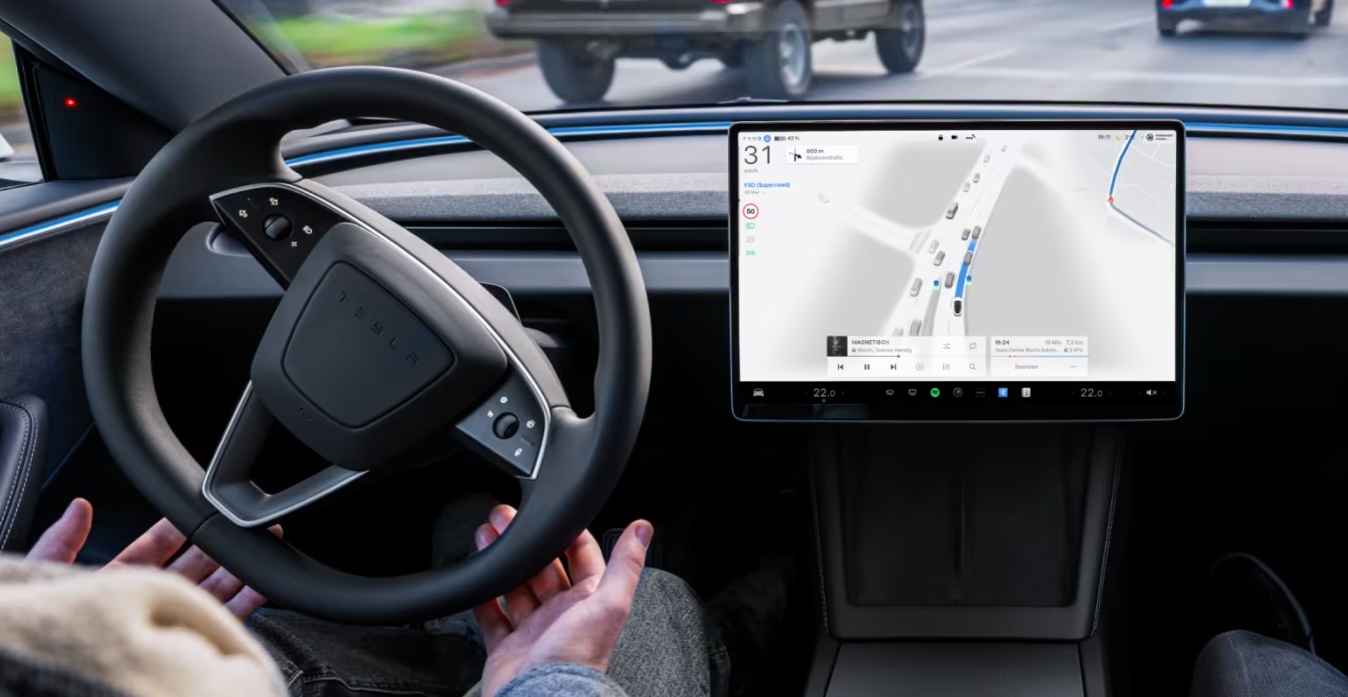
Tesla has dispelled reports that it is facing a thirty-day sales suspension in California after the state’s Department of Motor Vehicles (DMV) issued a penalty to the company after a judge ruled it “misled consumers about its driver-assistance technology.”
On Tuesday, Bloomberg reported that the California DMV was planning to adopt the penalty but decided to put it on ice for ninety days, giving Tesla an opportunity to “come into compliance.”
Tesla enters interesting situation with Full Self-Driving in California
Tesla responded to the report on Tuesday evening, after it came out, stating that this was a “consumer protection” order that was brought up over its use of the term “Autopilot.”
The company said “not one single customer came forward to say there’s a problem,” yet a judge and the DMV determined it was, so they want to apply the penalty if Tesla doesn’t oblige.
However, Tesla said that its sales operations in California “will continue uninterrupted.”
It confirmed this in an X post on Tuesday night:
This was a “consumer protection” order about the use of the term “Autopilot” in a case where not one single customer came forward to say there’s a problem.
Sales in California will continue uninterrupted.
— Tesla North America (@tesla_na) December 17, 2025
The report and the decision by the DMV and Judge involved sparked outrage from the Tesla community, who stated that it should do its best to get out of California.
One X post said California “didn’t deserve” what Tesla had done for it in terms of employment, engineering, and innovation.
Tesla has used Autopilot and Full Self-Driving for years, but it did add the term “(Supervised)” to the end of the FSD suite earlier this year, potentially aiming to protect itself from instances like this one.
This is the first primary dispute over the terminology of Full Self-Driving, but it has undergone some scrutiny at the federal level, as some government officials have claimed the suite has “deceptive” naming. Previous Transportation Secretary Pete Buttigieg was vocally critical of the use of the name “Full Self-Driving,” as well as “Autopilot.”
News
New EV tax credit rule could impact many EV buyers
We confirmed with a Tesla Sales Advisor that any current orders that have the $7,500 tax credit applied to them must be completed by December 31, meaning delivery must take place by that date. However, it is unclear at this point whether someone could still claim the credit when filing their tax returns for 2025 as long as the order reflects an order date before September 30.
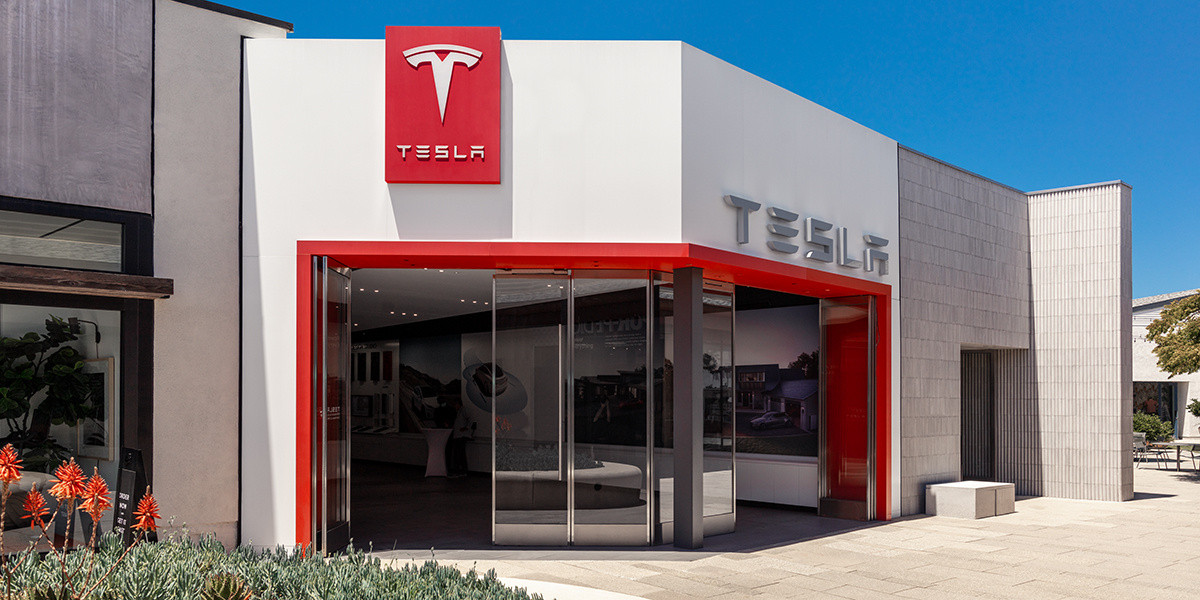
Tesla owners could be impacted by a new EV tax credit rule, which seems to be a new hoop to jump through for those who benefited from the “extension,” which allowed orderers to take delivery after the loss of the $7,500 discount.
After the Trump Administration initiated the phase-out of the $7,500 EV tax credit, many were happy to see the rules had been changed slightly, as deliveries could occur after the September 30 cutoff as long as orders were placed before the end of that month.
However, there appears to be a new threshold that EV buyers will have to go through, and it will impact their ability to get the credit, at least at the Point of Sale, for now.
Delivery must be completed by the end of the year, and buyers must take possession of the car by December 31, 2025, or they will lose the tax credit. The U.S. government will be closing the tax credit portal, which allows people to claim the credit at the Point of Sale.
🚨UPDATE: $7,500 Tax Credit Portal “Closes By End of Year”.
This is bad news for pending Tesla buyers (MYP) looking to lock in the $7,500 Tax Credit.
“it looks like the portal closes by end of the year so there be no way for us to guarantee the funds however, we will try our… pic.twitter.com/LnWiaXL30k
— DennisCW | wen my L (@DennisCW_) December 15, 2025
We confirmed with a Tesla Sales Advisor that any current orders that have the $7,500 tax credit applied to them must be completed by December 31, meaning delivery must take place by that date.
However, it is unclear at this point whether someone could still claim the credit when filing their tax returns for 2025 as long as the order reflects an order date before September 30.
If not, the order can still go through, but the buyer will not be able to claim the tax credit, meaning they will pay full price for the vehicle.
This puts some buyers in a strange limbo, especially if they placed an order for the Model Y Performance. Some deliveries have already taken place, and some are scheduled before the end of the month, but many others are not expecting deliveries until January.
Elon Musk
Elon Musk takes latest barb at Bill Gates over Tesla short position
Bill Gates placed a massive short bet against Tesla of ~1% of our total shares, which might have cost him over $10B by now
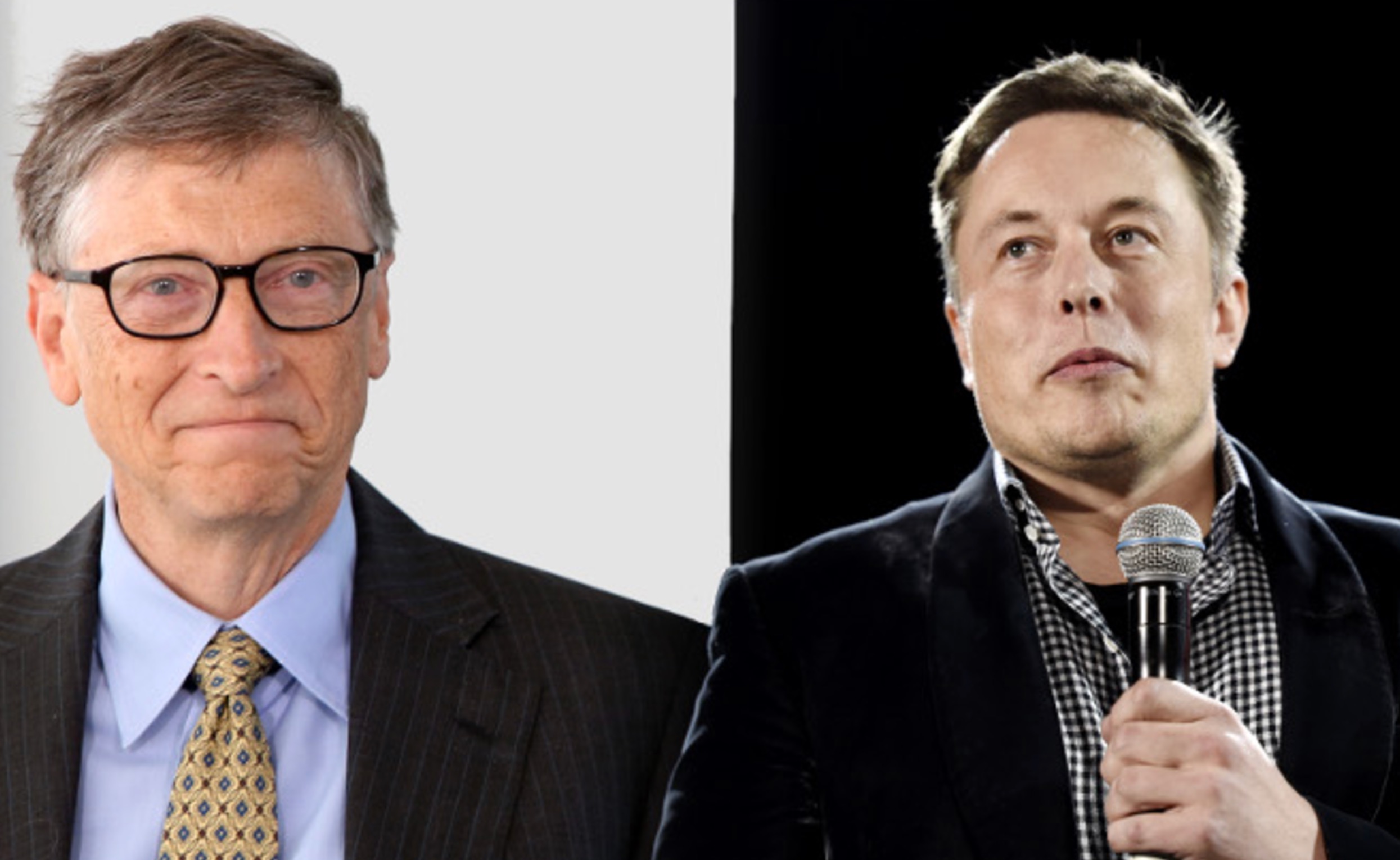
Elon Musk took his latest barb at former Microsoft CEO Bill Gates over his short position against the company, which the two have had some tensions over for a number of years.
Gates admitted to Musk several years ago through a text message that he still held a short position against his sustainable car and energy company. Ironically, Gates had contacted Musk to explore philanthropic opportunities.
Elon Musk explains Bill Gates beef: He ‘placed a massive bet on Tesla dying’
Musk said he could not take the request seriously, especially as Gates was hoping to make money on the downfall of the one company taking EVs seriously.
The Tesla frontman has continued to take shots at Gates over the years from time to time, but the latest comment came as Musk’s net worth swelled to over $600 billion. He became the first person ever to reach that threshold earlier this week, when Tesla shares increased due to Robotaxi testing without any occupants.
Musk refreshed everyone’s memory with the recent post, stating that if Gates still has his short position against Tesla, he would have lost over $10 billion by now:
Bill Gates placed a massive short bet against Tesla of ~1% of our total shares, which might have cost him over $10B by now
— Elon Musk (@elonmusk) December 17, 2025
Just a month ago, in mid-November, Musk issued his final warning to Gates over the short position, speculating whether the former Microsoft frontman had still held the bet against Tesla.
“If Gates hasn’t fully closed out the crazy short position he has held against Tesla for ~8 years, he had better do so soon,” Musk said. This came in response to The Gates Foundation dumping 65 percent of its Microsoft position.
Tesla CEO Elon Musk sends final warning to Bill Gates over short position
Musk’s involvement in the U.S. government also drew criticism from Gates, as he said that the reductions proposed by DOGE against U.S.A.I.D. were “stunning” and could cause “millions of additional deaths of kids.”
“Gates is a huge liar,” Musk responded.
It is not known whether Gates still holds his Tesla short position.








